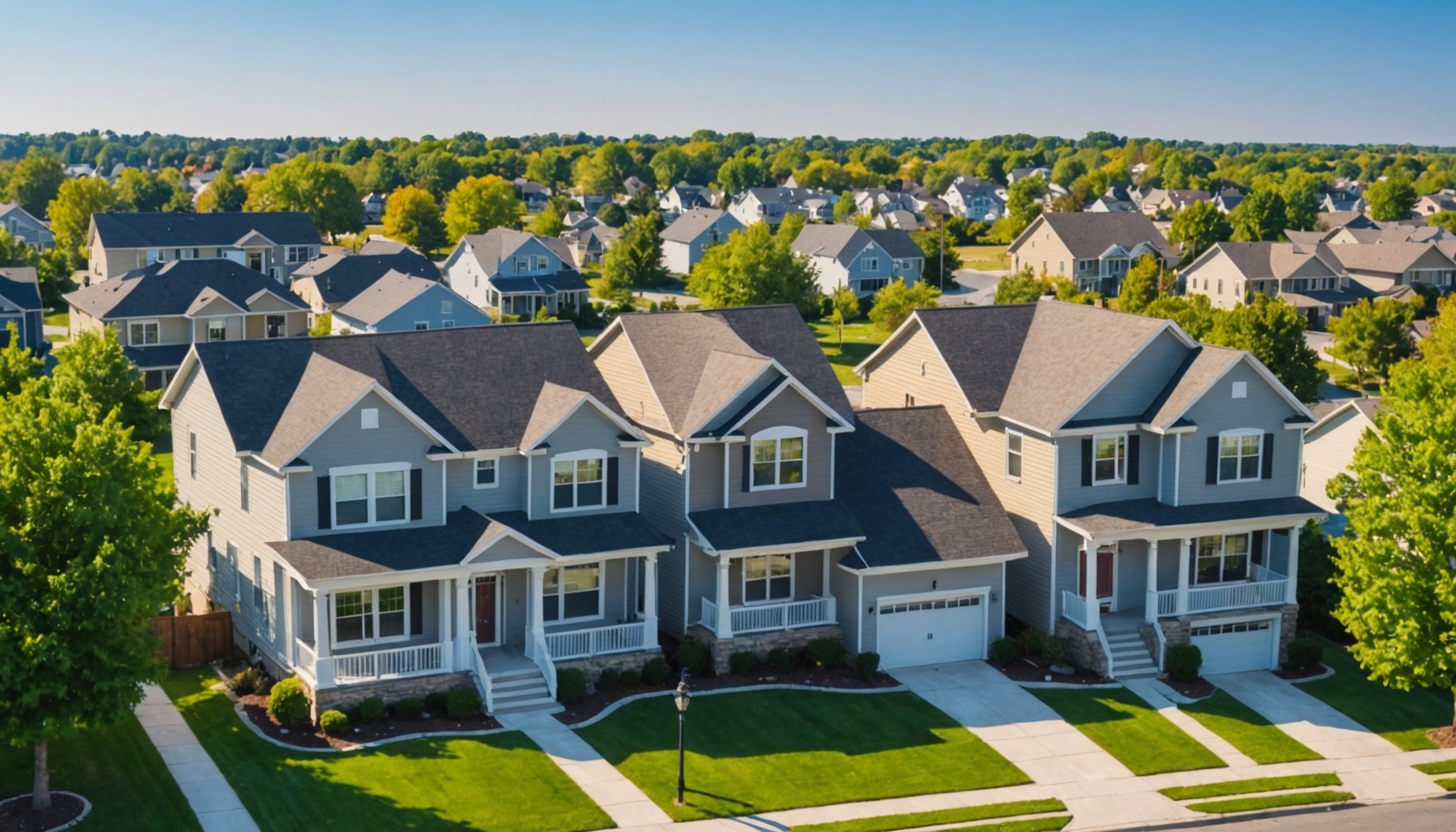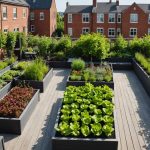When planning a move, choosing the right neighborhood is just as crucial as picking the perfect house. The community you settle in shapes your daily life, impacting everything from your commute to your children’s education. With countless neighborhoods to explore, making an informed choice can seem daunting. However, understanding what to look for can simplify the process and ensure your new community aligns with your lifestyle and future plans. In this article, we’ll explore key factors to consider when selecting a neighborhood, ensuring you find a place that feels like home.
Evaluating Accessibility and Commute
Before moving, consider how your new neighborhood will affect your daily commute. The proximity of your home to work, school, or other frequently visited locations can significantly influence your choice.
Also to see : What are the environmental considerations when moving your home?
Transport Options
Evaluate the available transport options in the area. Does the neighborhood offer reliable public transportation? Is it well-connected by major roads and highways? A well-connected neighborhood can save you precious time, making daily journeys more manageable.
Walkability
A neighborhood’s walkability is another important consideration. A high walkability score means easy access to essential amenities like grocery stores, schools, parks, and cafes — making daily errands more convenient.
Also to read : What paperwork do you need to complete when moving to a new home?
Traffic and Safety
Observe traffic patterns during different times of the day. Heavy traffic might lead to longer commutes than initially anticipated. Additionally, ensure the neighborhood has a good safety record. Local crime statistics are often available online and can help determine if a neighborhood meets your safety expectations.
Understanding Community and Culture
A neighborhood isn’t just a collection of houses; it’s a community with its own unique culture and vibe. Understanding the social dynamics can help you determine if it aligns with your personal preferences and lifestyle.
Demographics and Diversity
Research the demographics of potential neighborhoods. Are you seeking a diverse community or one with families at a similar life stage? Understanding the composition of the area can aid in finding a good social fit.
Community Activities
Engage with the community to gauge its activity level. Check for local events, festivals, and clubs which reflect the community’s vibrancy. A neighborhood brimming with activities might suit those looking for social engagement.
Resident Interaction
Observe the interactions among neighbors. Friendly, welcoming communities often indicate a positive living environment. Consider spending time in potential neighborhoods, chatting with locals to get an authentic feel of the community’s ethos.
Evaluating Amenities and Services
The convenience of nearby amenities and services can vastly improve your quality of life. A neighborhood that caters to your needs will make everyday living more enjoyable and less stressful.
Educational Institutions
For families, proximity to good schools is often a top priority. Research school ratings and performance data. Even if you don’t have children, good schools can increase the neighborhood’s property value.
Healthcare Facilities
Access to quality healthcare is crucial. Ensure there are hospitals, clinics, and pharmacies nearby. Consider the reputation of these facilities in case of emergencies.
Retail and Dining Options
A robust selection of retail and dining options adds to a neighborhood’s appeal. Whether you love dining out or prefer cooking at home, having a variety of choices at your fingertips can enhance your lifestyle.
Assessing Future Growth and Investment Potential
When choosing a neighborhood, looking at its future growth and potential is vital. An area poised for development can offer a rewarding investment opportunity.
Real Estate Trends
Analyze current real estate trends in the area. Are property values rising? Is there ongoing or planned development? Such data can indicate whether a neighborhood is growing and has investment potential.
Infrastructure Projects
Investigate upcoming infrastructure projects. New roads, public transport expansions, or commercial developments can enhance a neighborhood’s accessibility and desirability.
Local Government Plans
Review local government plans for the area. Visionary projects and enhancements can significantly improve a neighborhood’s future appeal and property values.
Choosing the right neighborhood is a nuanced decision that requires careful consideration. Reflect on your lifestyle, priorities, and future goals as you weigh your options. By evaluating each aspect, from accessibility and community culture to amenities and growth potential, you position yourself to make a well-informed choice. Remember, the right neighborhood not only offers a house, but it provides a home that supports your dreams and aspirations for years to come.











